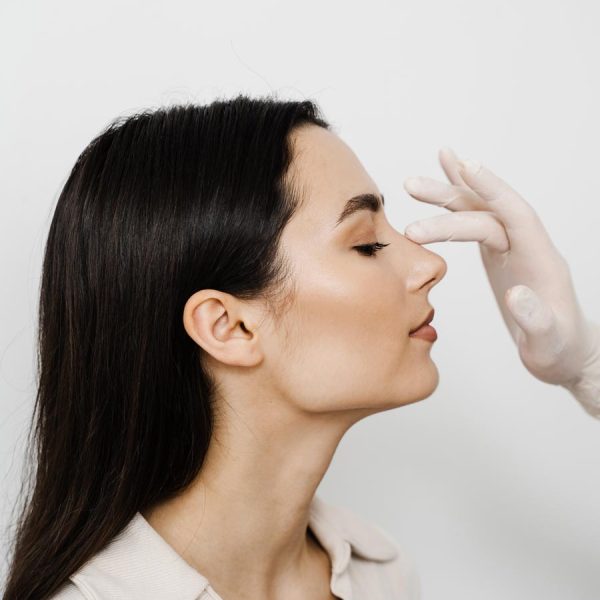
The nose occupies a central position on the face, directly influencing its overall appearance. At this level, any imperfection any imperfection becomes evident, compromising the individual's self-esteem and quality of life.
Gli interventi di rinoplastica che il Dott. Panetta esegue a Roma e Latina sono interventi di aesthetic nose per il rimodellamento del naso e si propone di migliorarne forma e dimensioni, portando armonia tra il naso e le altre aree del viso. È uno degli interventi più eseguiti al mondo: migliora l’: it improve patient's self-esteem, giving them confidence and wellness regarding their own image.
More precisely aesthetic nose surgery allows to increase or decrease the size of the nose, change the shape of the back or tip, correct the width of the nostrils and modify the front-nose and nose-upper lip angles. The objective of this surgery is is to improve the appearance and proportions of the nose and, consequently, the harmony of the face,ensuring that patients acquire a better relationship with their external image. Rhinoplasty can be both aesthetic and functional, when the correction of aesthetic defects is combined with the structural issues one like deviation of the nasal septum andhypertrophy of the inferior turbinates, also improving breathing (rhinoseptoplasty surgery).
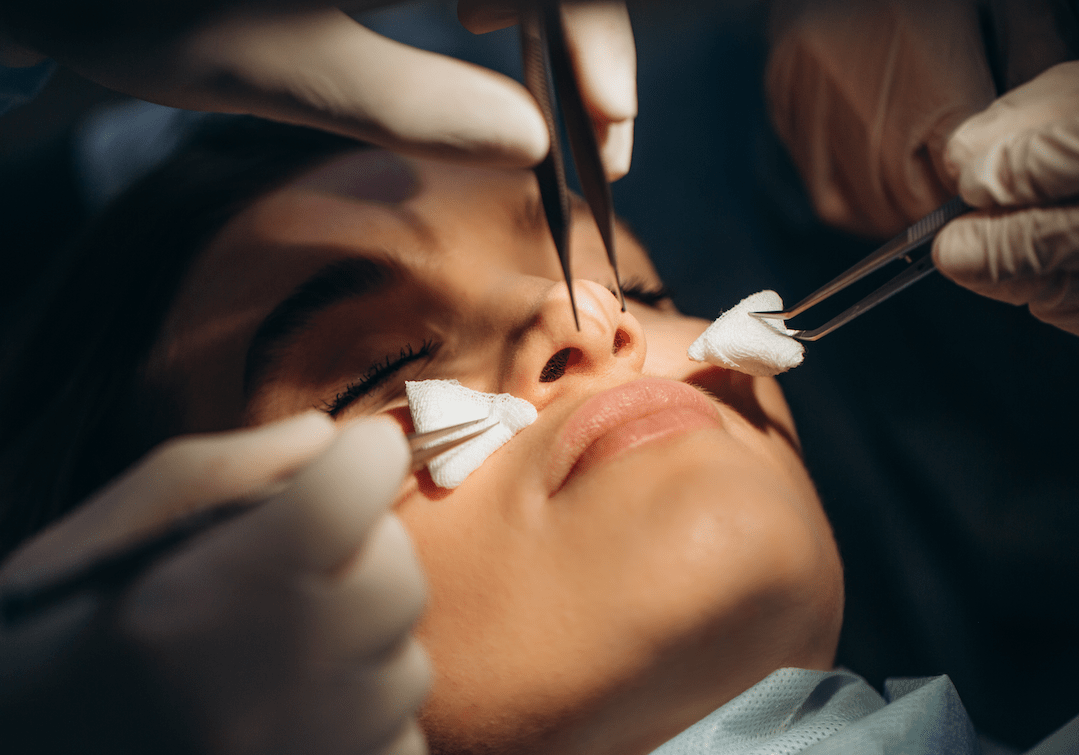
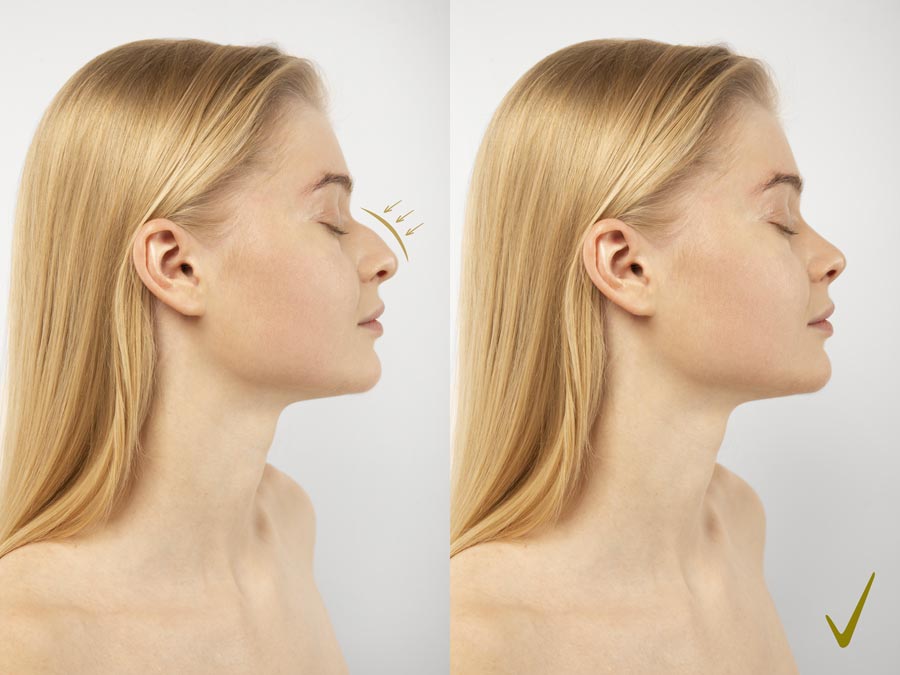
Gli interventi di rinoplastica a Roma e Latina sono indicati per le persone di entrambi i sessi ed età minima pari a 18-20 anni (periodo in cui si completa lo sviluppo osseo e cartilagineo), che si sentono insoddisfatte della forma naturale del proprio naso, hanno qualche irregolarità derivante da traumi, hanno un’asimmetria o hanno un naso che non è in armonia con il resto del viso. Si tratta generalmente di persone che presentano:
Prima di effettuare un intervento di rinoplastica a Roma e Latina è necessaria un’accurata pre-operative specialist examination nel corso della quale il chirurgo Dott. Daniele Panetta valuta la forma e le dimensioni del naso e verifica la presenza di difetti estetici e/o funzionali. All’ ispezione esterna e alla palpazione della piramide nasale, seguono la rhinoscopy (diagnostic investigation aimed at identifying anomalies, like deviation of the nasal septum, hypertrophy of the inferior turbinates) and the collection of photographic material to simulate the possible result of rhinoplasty.
In this delicate phase, the discussion between surgeon and patient is essential in order to respond, as far as possible, to the latter's requests. It is very important to speak with the surgeon during pre-operative consultations to align expectations regarding the procedure, by restoring aesthetics and functionality of the nose and understanding what rhinoplasty can do for the patient's appearance and quality of life.
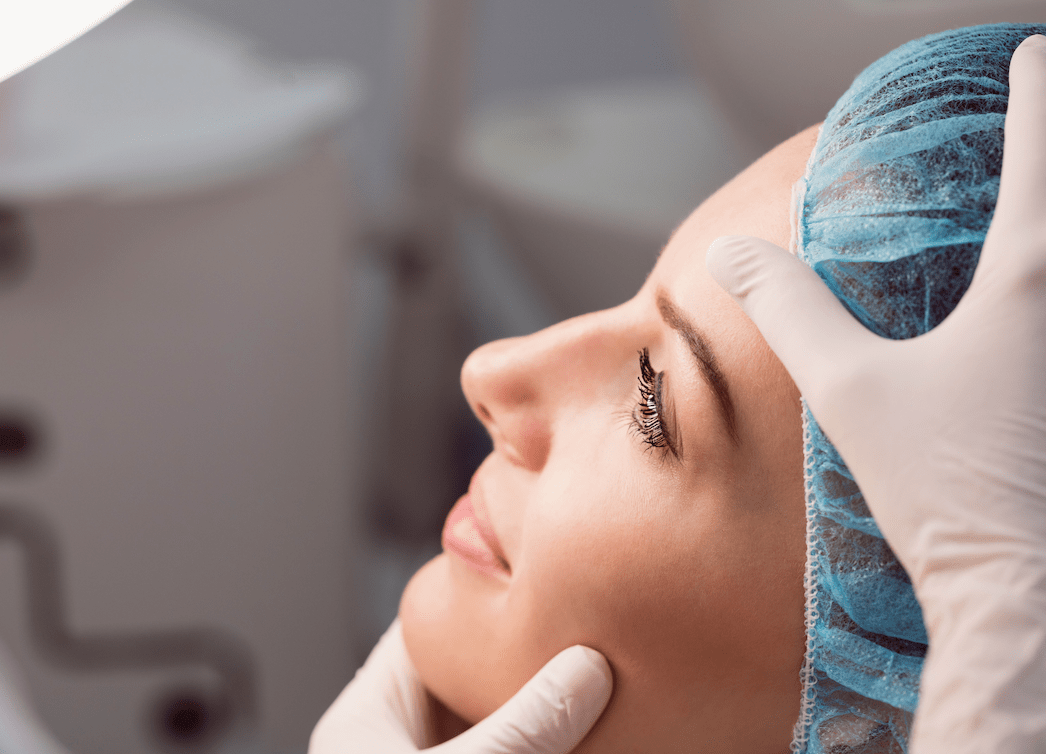
Il chirurgo, dopo aver esaminato il paziente per un intervento di rinoplastica a Roma e Latina e studiato il singolo caso, può decidere di seguire un approccio chiuso o aperto. La tecnica più appropriata per eseguire la rinoplastica varia a seconda delle caratteristiche di ogni paziente e delle correzioni che verranno apportate alla struttura del naso. Gli interventi, nella maggior parte dei casi, vengono eseguiti dal dott. Panetta without the use of endonasal swabs, allowing the patient to resume breathing normally in very short times.

Closed rhinoplasty is generally used to fix minor defects of the nose. During the surgery, the surgeon makes small incisions inside the nostrils, but has a more limited view of the osteo-cartilaginous structures to be cut.

Opened rhinoplasty, a technique beloved by Dr. Panetta, involves a small incision at the level of the columella (base of the nasal pyramid) and the subsequent exposure of all the nasal structures, with consequent direct evaluation of shape anomalies, asymmetries and structural alterations. This approach allows a better vision of the defects to be fixed by the surgeon, without leaving visible scars.
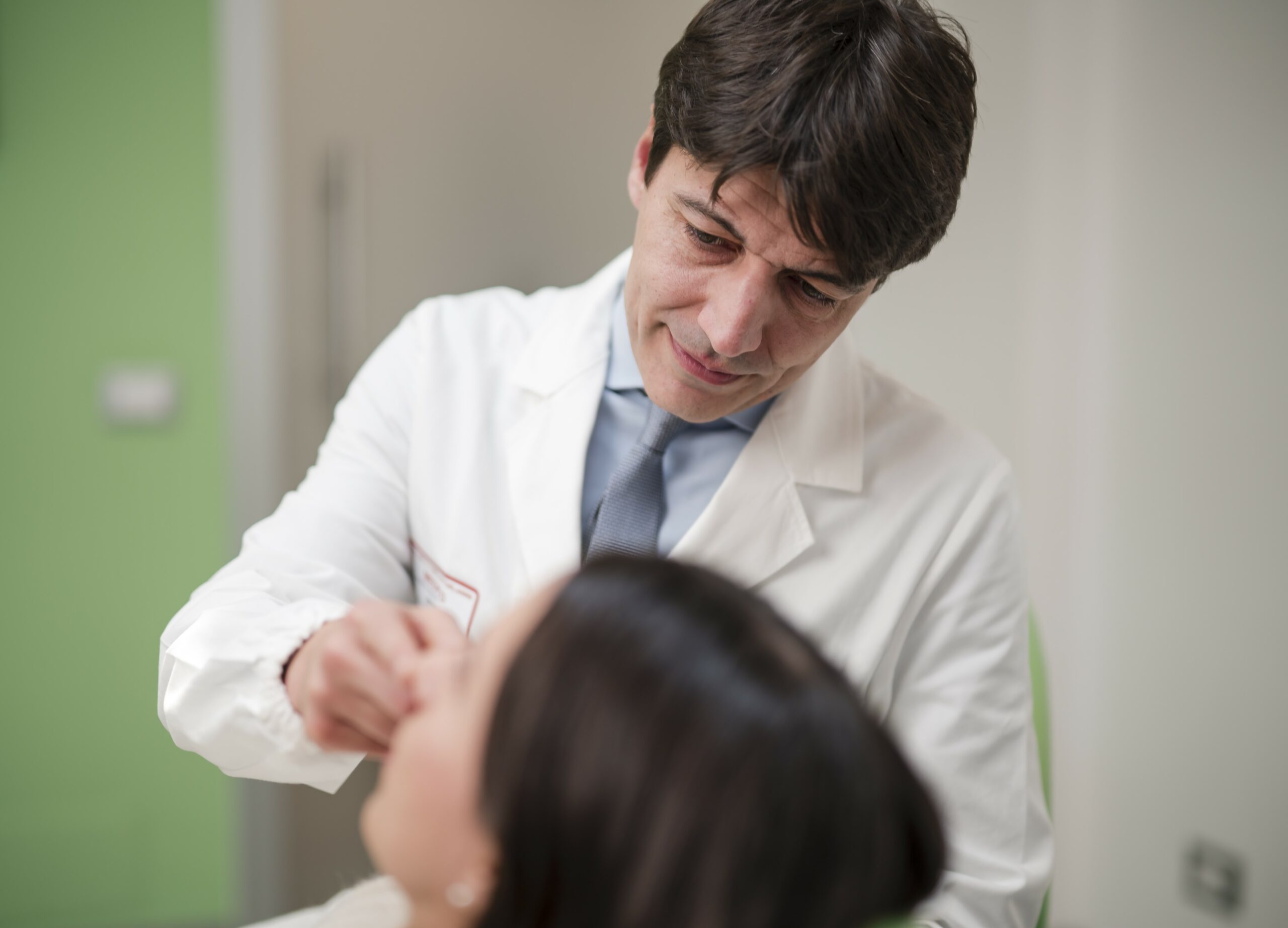
In the 48 hours after the operation, the patient must remain at rest with the head raised. The initial post-operative course may be characterized by the appearance of swelling and bruising around the eyes. Despite these discomforts, the post-operative period is considered painless, although this may vary depending on each individual's tolerance.
Normal daily activities can resume from the third day; however, limiting exposure to the sun and avoiding the use of glasses. Sports practice is allowed starting from approximately the fourth week. It is necessary to scrupulously follow all the surgeon's recommendations regarding the post-operative period in order to ensure a quick recovery.
Absolute contraindications to surgery are extremely rare and include serious underlying pathologies or coagulation defects that would expose the patient to excessive surgical risk.
Rhinoplasty is a surgical procedure and as such is not free from complications, the incidence of which is very low. In addition to general complications like bleeding, bruising and hematomas, there are some specific risks of rhinoplasty, which include:
In any case, it is possible to fix the defect by carrying out a revision operation.
The Dott. Daniele Panetta, Chirurgo Maxillo – Facciale effettua interventi di Chirurgia Rinoplastica a Roma e Latina.

Il Dott. Daniele Panetta e il suo team lavorano con professionalità e passione per offrire soluzioni personalizzate per esaltare l’armonia del tuo volto.